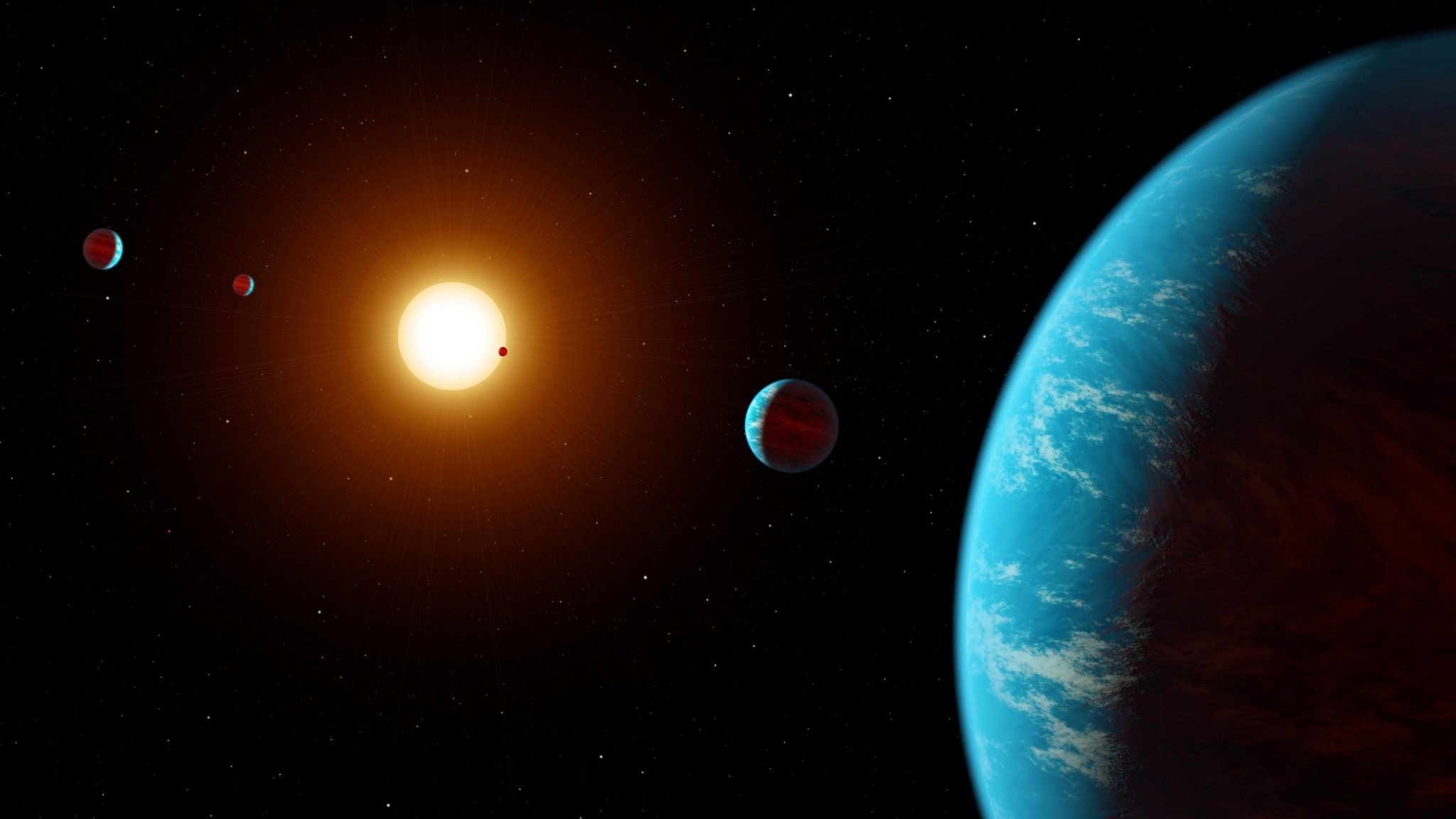At the most recent meeting of the American Astronomical Society in January, researchers from Caltech announced the discovery of a fifth planet in the K2-138 star system. What could have been a fairly ordinary astronomical find, however, was made unique by the fact that it was discovered entirely by members of the public, looking at telescope data online.
The system’s five planets were discovered on Zooniverse, which is a website that allows researchers to crowdsource parts of their work which require very large amounts of data to be looked over. The researcher – in this case Jessie Christiansen and Ian Crossfield from Caltech and UC Santa Cruz – uploads a huge number of images to the site, and then the site’s visitors look at individual ones and try to determine simple facts about them, such as whether a star has a planet orbiting. Each picture is looked at by a large number of people, and the researcher who receives the results can see a score of how many viewers agreed on them, which gives a good idea as to exactly how reliable they are.
Using this site, Christiansen and Crossfield set the world’s ‘citizen scientists’ to the task of determining which of the thousands of stars viewed by the Kepler telescope had planets orbiting around them, and K2-138 scored very highly. The researchers have now verified that the system has five very likely planets and a possible sixth, making it the first multi-planet system ever to be discovered in such a way.
As well as this, the K2-138 system is interesting because it exhibits a fairly rare property called orbital resonance, which means that each planet’s orbit time is an exact multiple of the others’. This is due to the planets exerting a slight gravitational pull on the others as they go by, which brings them all into sync with each other. There are very few known star systems in which this occurs, and it is believed that in K2-138, the orbital chain formed very early – shortly after the planets took form.
Obviously, the discovery is a big win for citizen-driven science, which is becoming increasingly popular as researchers realise that they can use the enthusiastic non-specialist community to help out on really big projects. The technique is most commonly heard of when applied to telescope images, which record a massive number of stars that all require a human eye to analyse, but it’s also being put to use quantifying the variety of bird plumage, transcribing old handwritten texts and more.
In fact, you’ve probably done something similar yourself, as Google’s reCAPTCHA system, used widely to filter out computer programs that try to access websites, often shows street signs or words from books that they want a human to transcribe.
The success of projects like Christansen and Crossfield’s shows that the general public is very engaged by the world of science and eager to become a part of it – meaning that hopefully we can expect many more exciting discoveries like K2-138 in the future.



